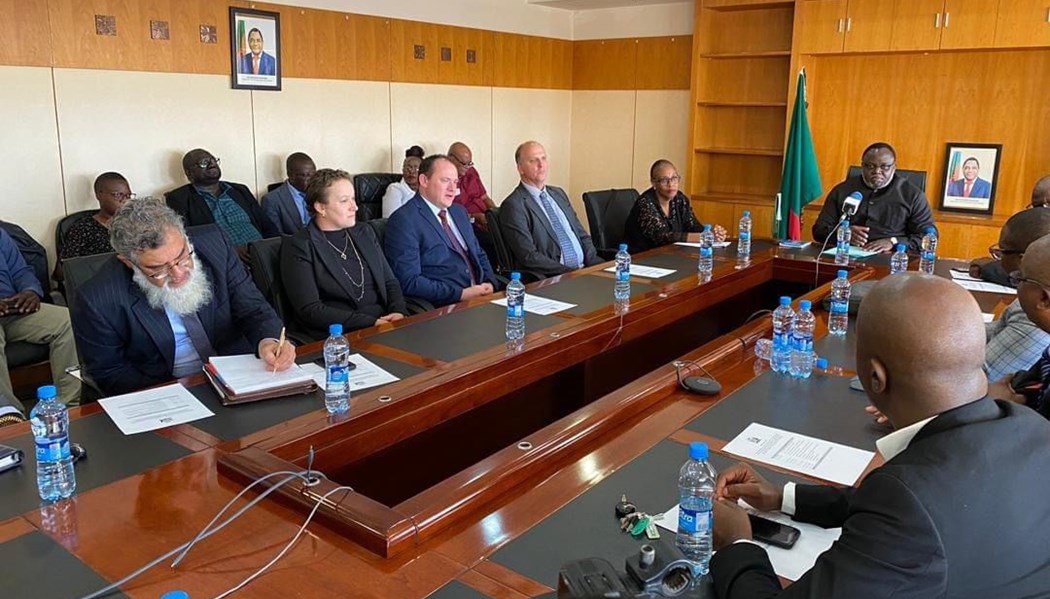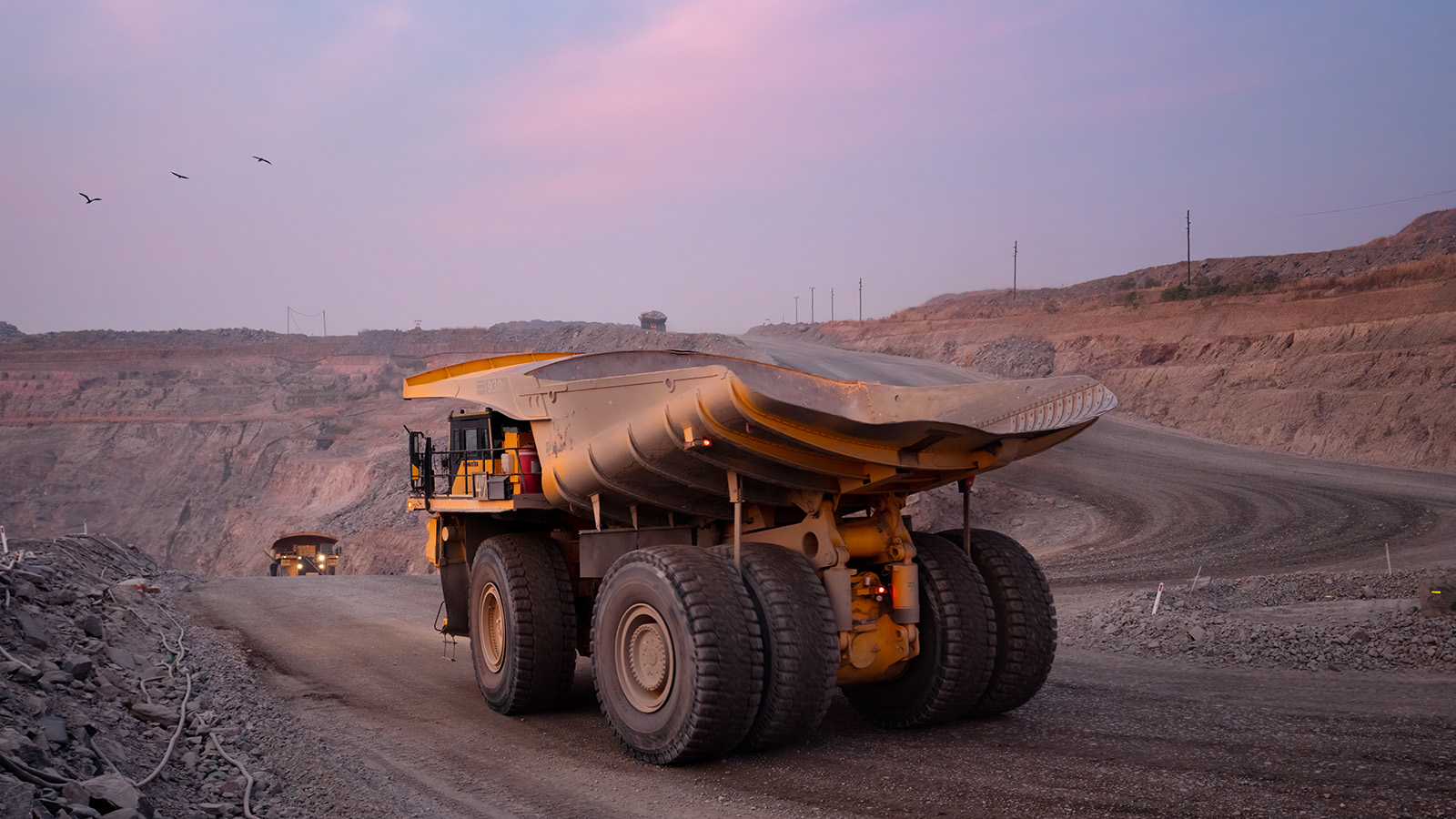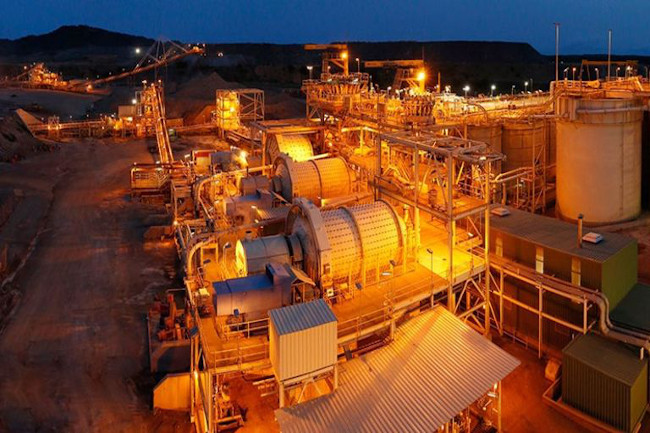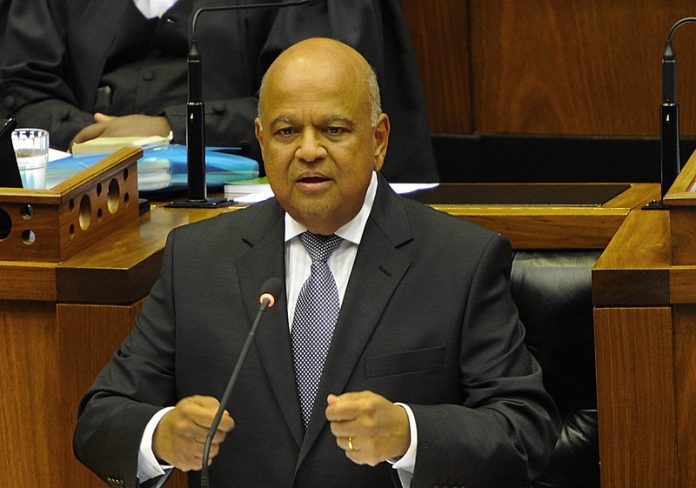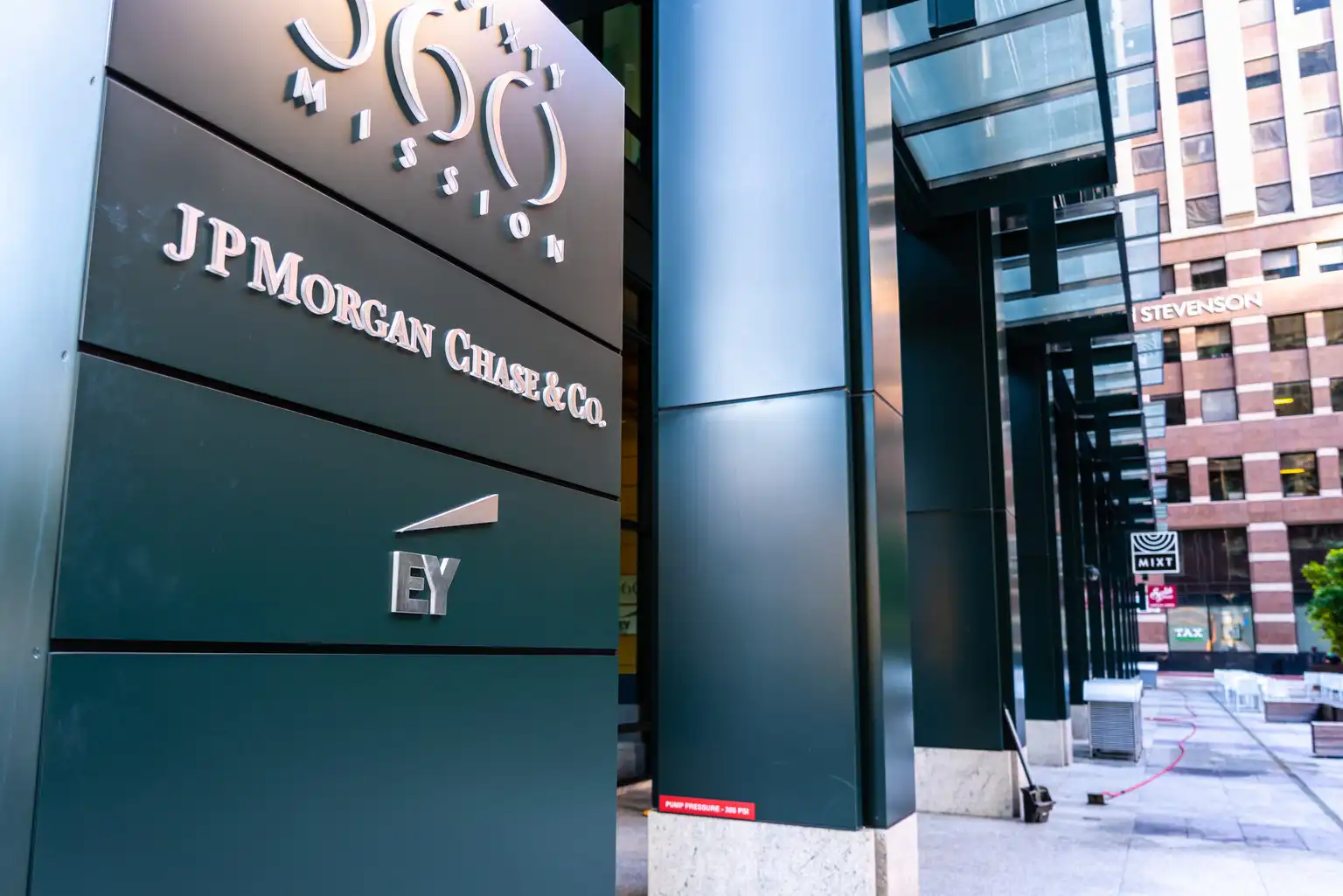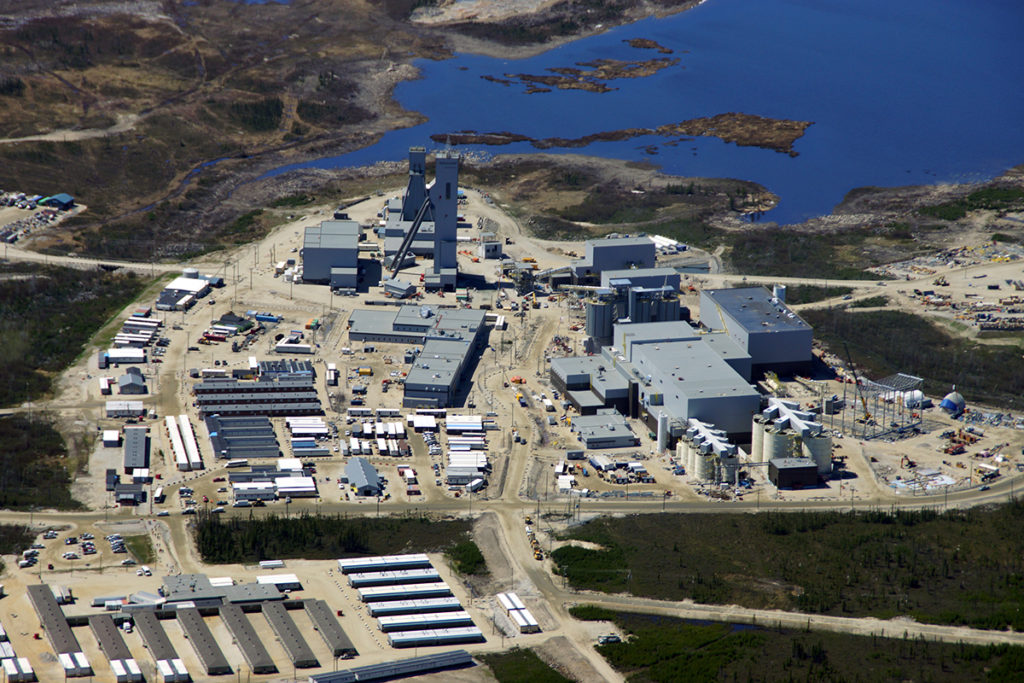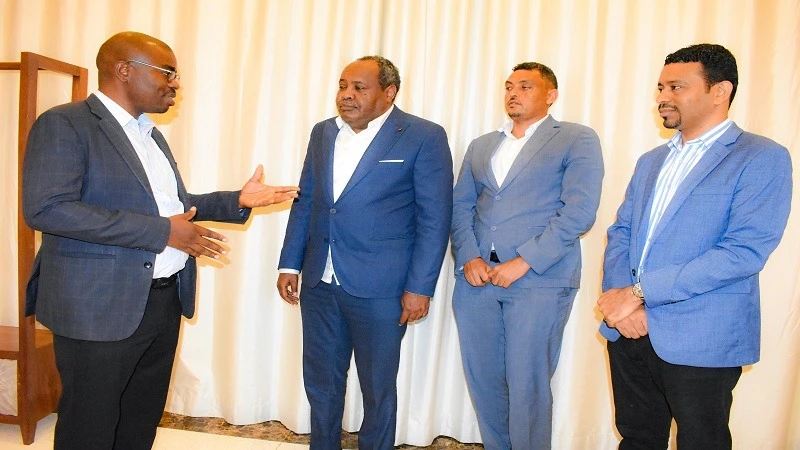Mining Other

Minerals Council welcomes mining infrastructure investment

The Council notes that the MTBPS presents more optimistic real GDP growth forecasts for South Africa, predicting an average of 1.8% between 2025 and 2027, slightly above the IMF’s latest projection of 1.5%. This marks a positive shift from the February 2024 Budget projections.
“The MTBPS highlights that the increased growth forecast results from improved power supply and enhanced business, consumer, and investor confidence linked to the Government of National Unity (GNU). However, to ensure sustainable public finances, growth must exceed 2% on a consistent basis. Addressing non-energy growth constraints and implementing structural reforms is essential,” states the Council.
Furthermore, the MTBPS points out that poor performance in Transnet’s rail and port operations, along with regulatory bottlenecks and crime, are offsetting the mining sector’s gains from improved electricity supply. This has kept production levels below pre-COVID-19 levels—an issue the Minerals Council has consistently identified as a major constraint.
A significant concern is Eskom‘s proposed electricity price increase of over 36% in 2025, which poses risks to both the mining sector and the broader economy. National Treasury’s lower assumption of a 12.3% increase in the CPI electricity component suggests potential inflation and growth challenges if approved.
On the regulatory front, the MTBPS indicates that the process to split the Department of Mineral Resources and Energy (DMRE) into two departments should be completed by April 2025. This is seen as positive news, as it is expected to create a more mining-focused Department of Mineral and Petroleum Resources.
The Council highlights that Transnet’s weak balance sheet is a major challenge in the logistics sector. The MTBPS clearly states that Treasury opposes any further financial support for Transnet beyond the R47 billion guarantee announced in late 2023. Transnet needs to sell non-core assets and cut costs while exploring alternative funding models for infrastructure, such as project finance and joint ventures.
“While we fully support these sentiments and appreciate the country’s fiscal straight jacket, it remains unclear how Transnet will fund a significant maintenance backlog without a degree of balance sheet recapitalisation that is tied to strict conditions,” says Hugo Pienaar, chief economist at the Minerals Council.
“Past experiences with Eskom suggest that alleviating balance sheet pressures could enable Transnet to invest more in infrastructure upgrades and maintenance. This would not only boost growth, investment, and jobs in the bulk mining industry—responsible for nearly 50% of total mining production and generating over R260 billion in export earnings in 2023—but also support non-mining sectors like agriculture and manufacturing,” adds Pienaar.
Private sector participation in logistics is essential but will likely not improve performance without significant near-term investment in infrastructure quality. This includes actions to scale up private sector participation, carving out government borrowing for infrastructure as a standalone category of government’s overall borrowing requirements, and extending the scope of borrowing to include infrastructure bonds. If successful, these measures could make the coming years the “infrastructure years,” as noted by former finance minister Tito Mboweni.
“Improved public infrastructure spending will benefit mining by lowering operational costs and unlocking latent growth potential, while also boosting demand for mining-related building materials,” concludes Pienaar.
Outside of mining, the key takeaway from the MTBPS is that South Africa’s public finances remain precarious. Gross debt is projected to peak at 75.5% of GDP in 2025/26, slightly higher than the February 2024 Budget forecast. This increase is attributed to lower revenue projections and increased spending. While Treasury aims for primary budget surpluses, the medium-term debt ratio is expected to remain elevated, ending at 69.3% of GDP in 2031/32, compared to the earlier estimate of 67.1%.
“Regarding other issues, the main Budget in February 2025 may clarify the introduction of a new fiscal anchor to guide fiscal policy and potentially change the SA Reserve Bank’s inflation target. At this stage, the Treasury expects headline CPI inflation to average 4.5% over the next three years,” concludes the Council.




